“Mommy, have you ever been president?” Those words instantly brought a proud smile to my face, only to be quickly wiped away when my five-year-old daughter’s follow up was “Oh, that’s right. Women can’t be president.” Cue the screeching halt sound effects…
Of course my daughter’s words inspired a lengthy conversation with both my children about gender roles in society. But that five-year-old comment became a catalyst for a thought that has haunted me for some time. What cultural influences would even make her think that? My first inclination was to reevaluate the books we read together.
Could it simply be she has learned there is yet to be a female President of the United States? Why haven’t I talked more to her about the twenty-two female chancellors, presidents and prime ministers who currently reside in offices around the world? Would that have been enough? I’m not convinced. Nor do I believe this is a situation that warrants debate on political beliefs or current candidates. However, I do believe that understanding the essence of why my daughter made this comment is most important.
A 2011 Florida State University study found that just 7.5 percent of nearly 6,000 picture books published between 1900 and 2000 depict female animal protagonists; male animals were the central characters in more than 23 percent each year. It’s fairly easy to access online lists of children’s books that redefine gender stereotypes, but you have to know to look for it. These are not the books that are popularly read to young children even today. The Washington Post published an article in 2015 about a woman who was so tired of coloring books only representing women as princesses, thin and blonde, that she created her own books. They are entitled, “Dream Big! More than a Princess”. Gendered marketing appears over and over as a culprit on this issue. Halloween costumes, covers of books meant to be gender specific and toys become part of an everyday message with which children are inundated. They don’t know any differently, and as a busy parent it is easy to make choices based solely on the options set in front of you.
Some of the gender stereotyping is also about perception, whether overt or invisible. It can be how characters in books react to particular situations, rather than simply the stereotype. Whether in books or in the real world, women who work hard outside their homes are often categorized in a certain way. Spending less time with their families because of professional choices may mean that women are perceived as cutthroat or uncaring. If they take time from their jobs to spend with their families, they are either penalized professionally or their commitment to their jobs is seen as substandard. The reverse is true of men, as well. Men who commit more to their families than to work are seen as weak or lazy. Talking about these unfair standards with children may be a way to redefine norms.
So how do we change a child’s awareness of gender stereotypes?
It is their perception that gender inequality exists. Maybe it is the little things that we have ‘always done’ that need to change. When asked to describe examples of gender equality, many middle schoolers identified the education system. In an informal survey of one hundred middle schoolers, twelve-year-old Gracie believes that “teachers will focus on the knowledge of students…at least in the classroom we can escape sexism.” However, several students in sixth through eighth grade believe that there is no place where gender equality exists. Many students identified sports as being a culprit for gender division. “To me, splitting boys and girls up when it comes to sports, makes me feel like it’s because coaches think that girls can’t do what boys can,” Briana, another sixth grade girl believes.
Interestingly, although middle schoolers often read to identify with characters in some way, many do not find inspiration for changing gender stereotypes anywhere in their novels of choice. It is difficult to find books for young kids that break the molds we have created around gender. Even though many middle schoolers believe that new novels have empowered women to be heroes, they have a long way to go. Gender stereotypes are not a problem confined to the world of girls and women. Boys also feel that male characters are steeped in gender stereotypes. All too often they are representative of only jocks and superheroes. Jamie reflects by saying, “If I am to be completely honest, in all my twelve years of being able to read, there are 1% of books that have made me feel ‘empowered’ because of my gender. Perhaps it’s because I feel very passionately about feminism but more specifically the fact that women and girls can save themselves. They don’t always need to marry a prince or fall in love in order to find happiness. And most mainstream books depict that.”
Here is a plea to world. Let’s be intentional about shifting our conversations. Writers, let’s begin creating characters that reflect less of a stereotype and more of the unique characteristics that make people messy, crazy and wonderful! Brooke, an eighth grader, has yet to see one. “I have read no books that make me feel personally empowered. And characters of a certain gender usually come in very defined packages that do not allow personality or physical traits to mix. I have yet to find a character intriguing enough to redefine gender stereotypes.” Maybe today is the day to start. As a teacher and writer, I know that I will think twice about the choices that I make when providing stories to others. I will utilize resources that I now know exist, but are not always accessible. Most importantly, as a mother, I will make certain that the books we decide to read encourage my daughter to redefine gender norms.

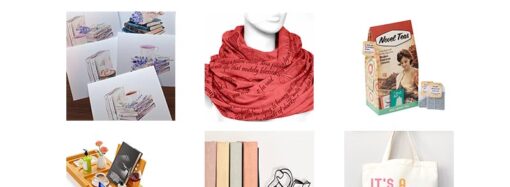
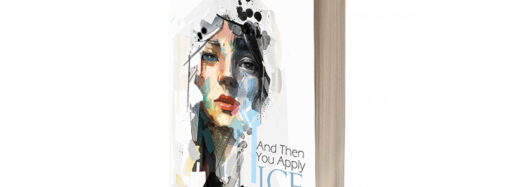



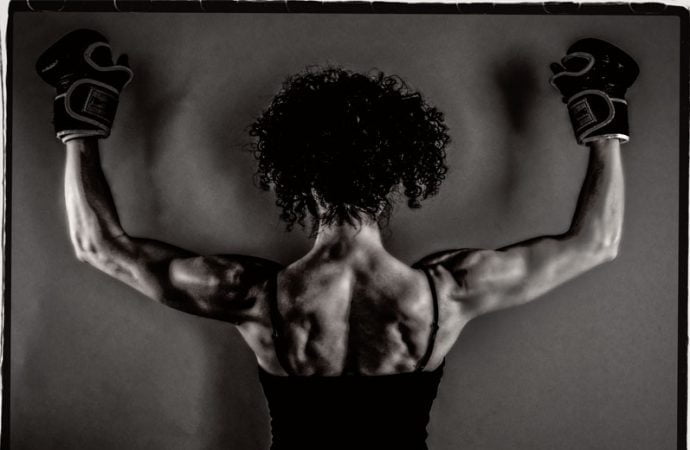

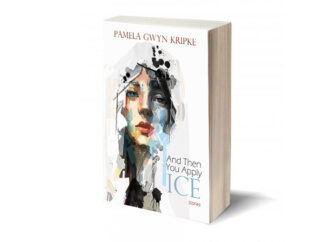










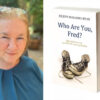










Leave a Comment
Your email address will not be published. Required fields are marked with *